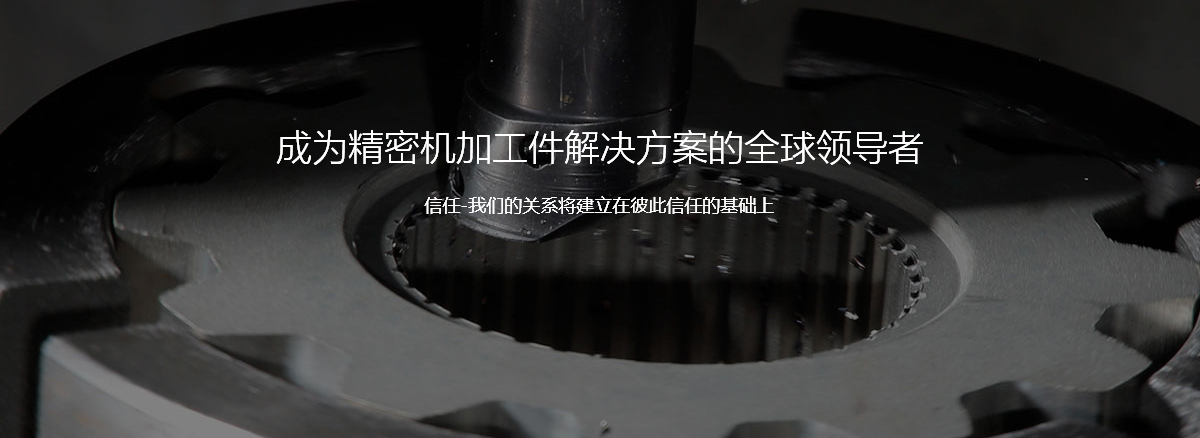Hongchengyi will talk about the correct operation methods of automatic vehicles for everyone:
1. Turn on the power first (without hitting the engine)-step on the brake and engage the gear, instead of directly engaging in the D gear, but hang on the N gear and then ignite, then hang on the D gear from the N gear, release the handbrake and lift the foot Brake and start.
Reason: This can avoid the need to go through the R gear after the P gear is on fire, so that the gearbox will experience a short reverse shock!
2. When you wait at a red light or wait for a short time, the correct method is: pull the handbrake, hang N gear, not P gear! You can't hold the brake, and keep the gear in D gear for a long time (more than 30 seconds). .
Reasons: P gear is equipped with a locking device. When P gear is engaged without pulling up the handbrake, it will cause wear on the device; when the vehicle is stationary, keeping the gear in D will wear the gearbox.
3. Correct operation: step on the accelerator, when the speed rises to the shift range (between 2000 and 2500 rpm), lightly close the throttle (the automatic transmission will make an upshift command) and then refuel, so increase The gear will be very smooth; gear up and speed up.
Reason: If you keep stepping on the accelerator, the gearbox will delay the shift timing, and will only go up one gear when it is over 3000 rpm; if you step on the throttle all the time, the engine speed will reach the red line area before going up; (many people say that the car Slow speed increase, meat! You mistakenly think that you can quickly increase the gear by deeply stepping on the accelerator) Automatic car lightly step on the accelerator, step on it, loosen it, you can achieve an upshift in advance, to achieve the purpose of fuel saving, but this will affect the rapid speed increase .
After the throttle is upshifted, do not overweight when you step on the throttle again, otherwise the gearbox thinks that you will accelerate quickly and automatically downshift, and then return to the lower gear, causing a jump!
4.1 / 2 gear (restricted gear) can be used when going up and down the slope. When going uphill (larger slope), hang into 1 or 2 gear (not to mention the reason) After climbing uphill, hang back to D gear to drive. When downhill (long and gentle slope), the limit gear is engaged and used with the brake.
Reason: In fact, it is the same as the principle of using the low-speed gear of the manual gear that you learned at the driving school. This can also reduce the pressure on the brake disc.
5. If you want to overtake the slower car in front, you can loosen the throttle first, and then step on it, then the gearbox will automatically downshift to meet the power requirements. After overtaking, release the throttle, and the gear will return to the gear with your current speed, which can be controlled by using the throttle; if you need to speed up quickly, you should use the limited gear, pull directly into the low gear to complete the throttle Speed up.
6. The correct operation to end driving: the car enters the parking position, step on the brake-tighten the handbrake-push into the P position-gently lift the foot brake-pull the key. Many people are used to: parking-pushing into the P gear-raising the foot brake-and then pulling the handbrake, so the operation is likely to cause the gear to not be put into gear the next time you drive. Reason: When you hang into the P gear, lift the brake pedal, if the ground is uneven, there will be small movement of the car, the lock function of the P gear makes the gears of the gearbox mesh with each other, and it will be difficult to pick up the gear next time after engaging S .


